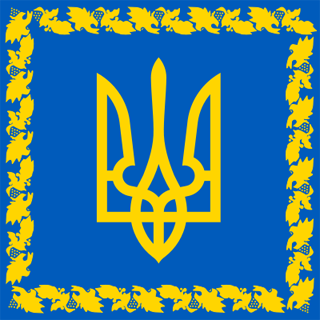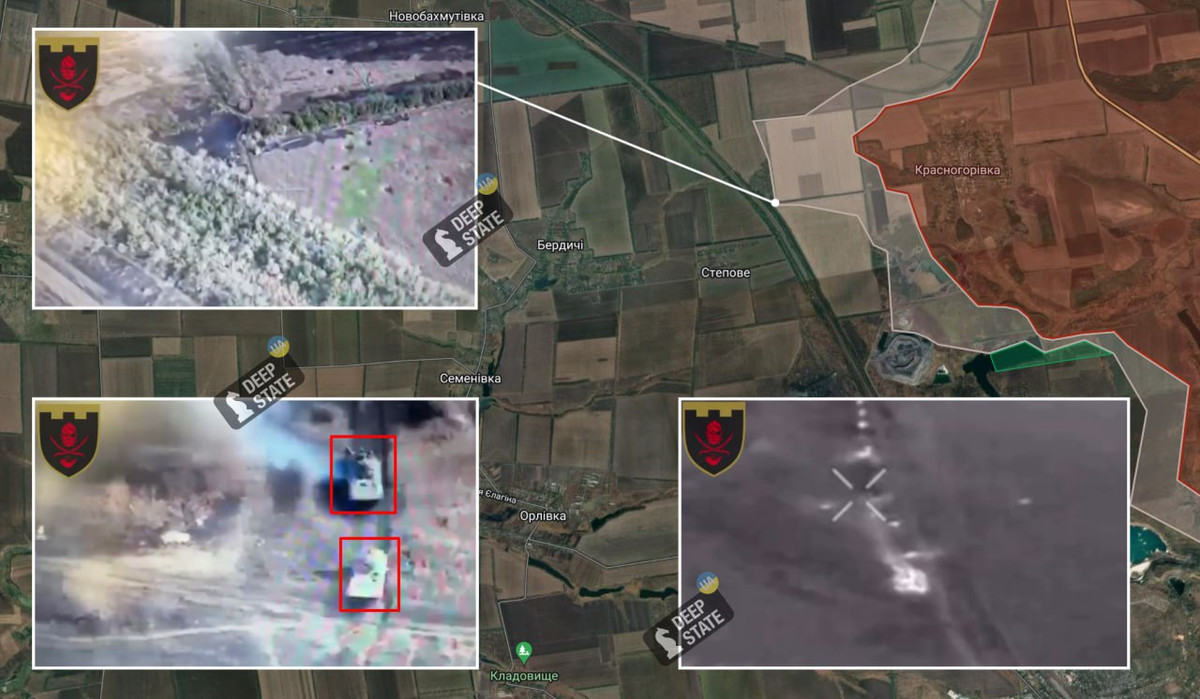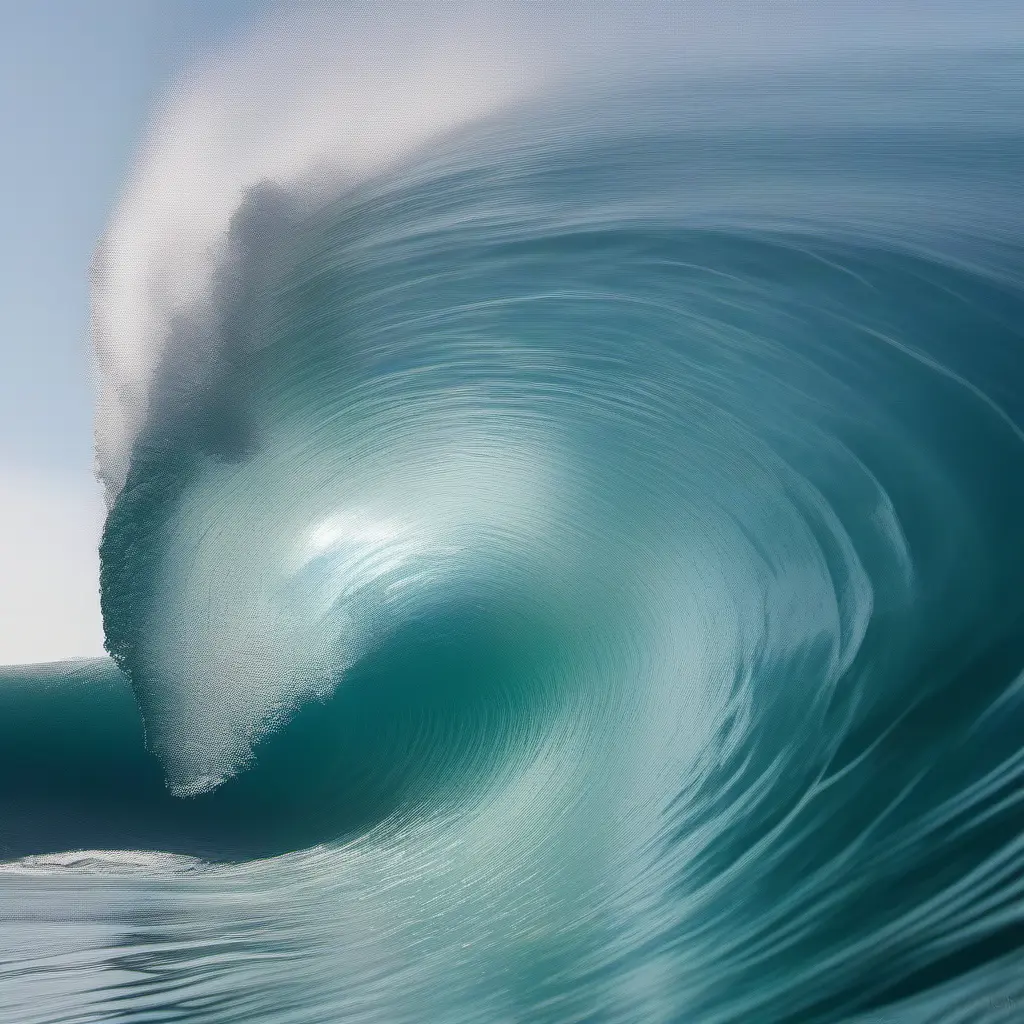- cross-posted to:
- ukraine
- cross-posted to:
- ukraine
All accounts named the Russian decision to drive over open ground without cover, in daylight, against prepared and well-armed Ukrainian defenses, as a reason for limited Russian progress.
Hmm. Daylight might be the right move for Russia. As I understand it, Ukraine is better-equipped with night-vision equipment than Russia is.
googles
Yeah. This is from early 2022, so maybe Russia has improved the night-vision situation, but at least at the time, it sounds like Russia was less-well-equipped.
Why Russian forces can’t match Ukraine’s night-vision equipment
Samuel Cranny-Evans of RUSI, a defence think-tank, says that armies mainly use night-vision gear in the form of personal units, such as goggles or weapon sights, and devices fitted to vehicles. Exactly how many Russian military vehicles are fitted with night-vision technology is unclear, although newer Russian tanks come with thermal imagers derived from a design by Thales, a French defence supplier, which Russia imported.
But unlike Western armies, Russia does not routinely issue night-vision gear to dismounted troops. Only a select few special forces and reconnaissance units get the equipment, says Mr Cranny-Evans. This is borne out by images of captured Russian soldiers. So far only Spetsnaz (special forces) units have been pictured with night-fighting equipment. This may be because the technology is expensive and delicate, and inexperienced or conscripted soldiers are not trusted with it. High-end units can cost tens of thousands of dollars each.
When Ukrainian forces battled Russian-backed separatists in 2014 their lack of night-vision hampered them. Since then they have been stocking up. America provided a batch of 2,500 military systems in 2018, and others have been donating hardware. On April 9th Britain promised to send more night-vision equipment to Ukraine. And although America attempted to strictly control the export of night-vision technology for years, today there are many systems available on the open market. Come Back Alive, a fundraiser for Ukraine’s military, has supplied more than 1,000 thermal imagers since 2014. Other systems may be adapted to see through the gloom too. The firing unit of the portable Javelin missile includes a thermal imager that can magnify objects nine-fold. Even when all the missiles are expended the unit is still useful for night observation, and Ukraine has them in large numbers.
Although Russia’s army vastly outspends Ukraine’s, it does not have the money to issue every soldier with the latest equipment. “Russian military equipment for the ground forces is not particularly well equipped for fighting at night,” noted a Western official on day two of the war, “and it’s not something that they’ve done a lot of on recent operations.” Some Russian commanders are fighting the old-fashioned way, lighting up the battlefield with flares and star shells. But once the darkness returns, invisible opponents will continue to snipe at Russian soldiers.
The Kyiv Post article also talks about Russia dumping white phosphorous everywhere at night, has a Twitter post with a video of the ground absolutely covered in white phosphorous:
Avdiivka at night. The russians are dousing everything with phosphorus, they continue to use the scorched earth tactic because their assault is failing.
It takes it as an attempt to attack Ukraine, but I’m wondering if the real goal is to just try to neutralize the night vision advantage.



